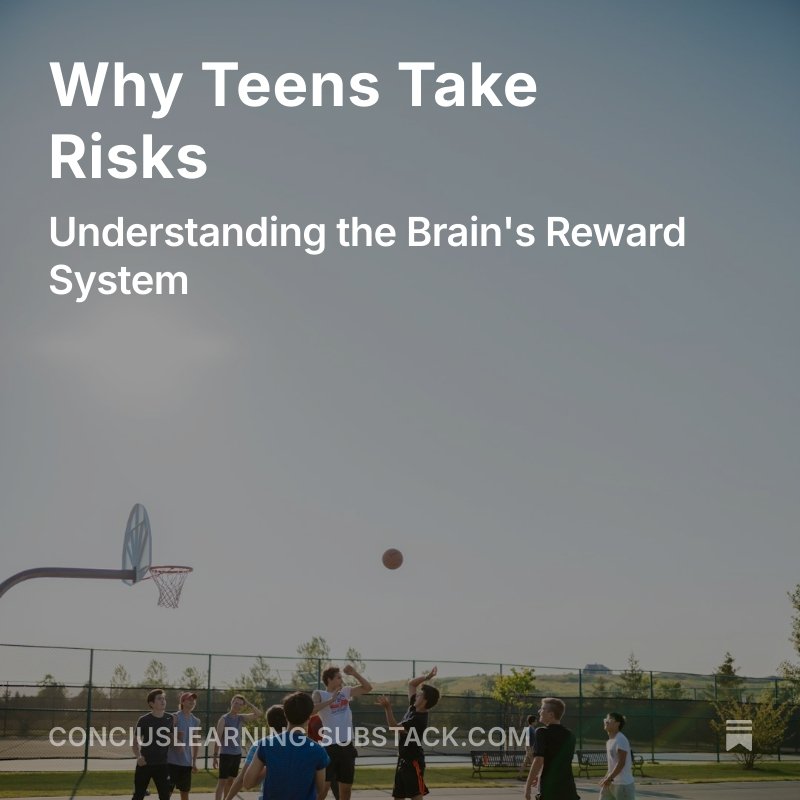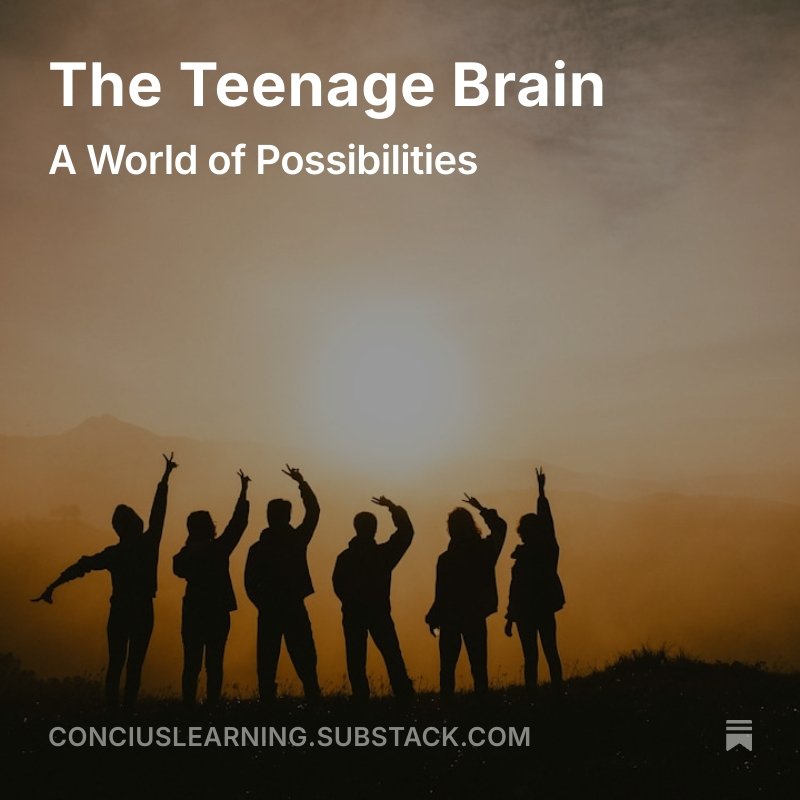
Why Teens Take Risks
“Understanding the Brain’s Reward System”
Teenagers are naturally wired to take risks—but not all risks are reckless. The adolescent brain is undergoing major changes, making teens more drawn to excitement and new experiences. While their prefrontal cortex (responsible for decision-making) is still developing, their reward system is highly active, pushing them toward behaviors that feel thrilling, even if they come with consequences.
Instead of shutting down risk-taking, parents and educators can redirect it into positive, growth-oriented experiences. When guided properly, risk-taking helps teens build confidence, resilience, and independence—key skills for a successful future. This article explores how to balance risk and responsibility to help teens thrive.
📖 Click to read more

Unlocking Motivation in Teens
“What Science Reveals”
Motivating teens can feel challenging but understanding how their brains are wired makes all the difference. Adolescents are naturally driven by curiosity and reward, yet they often struggle with long-term goals. This article dives into the science behind teen motivation and offers practical strategies for parents and educators to inspire focus, resilience, and a sense of purpose in young learners.
Describe how to connect with teens and ignite their inner drive.

The Teenage Brain
A World of Possibilities
The teenage years are a time of rapid growth, not just physically but mentally. Adolescents brains are in a unique state of development, filled with opportunities for learning, creativity, and personal growth. By Understanding how the teenage brain works- especially its natural tendencies toward exploration and risk-taking—parents and educators can better support teens in unlocking their potential. This article explore how to turn the challenges of adolescence into stepping stones for success.
Read more to discover practical strategies for guiding teens through this transformative stage.